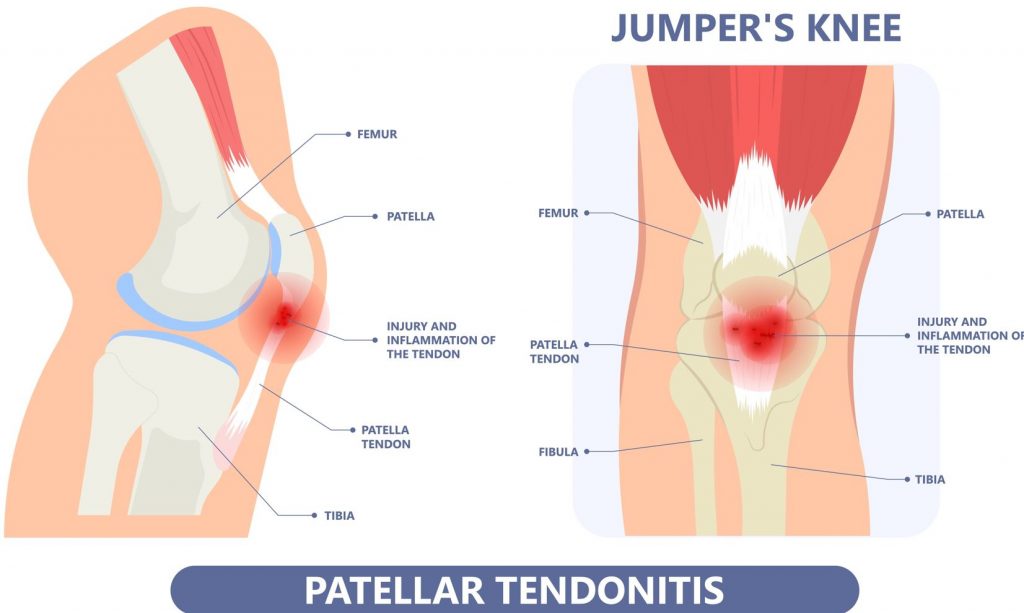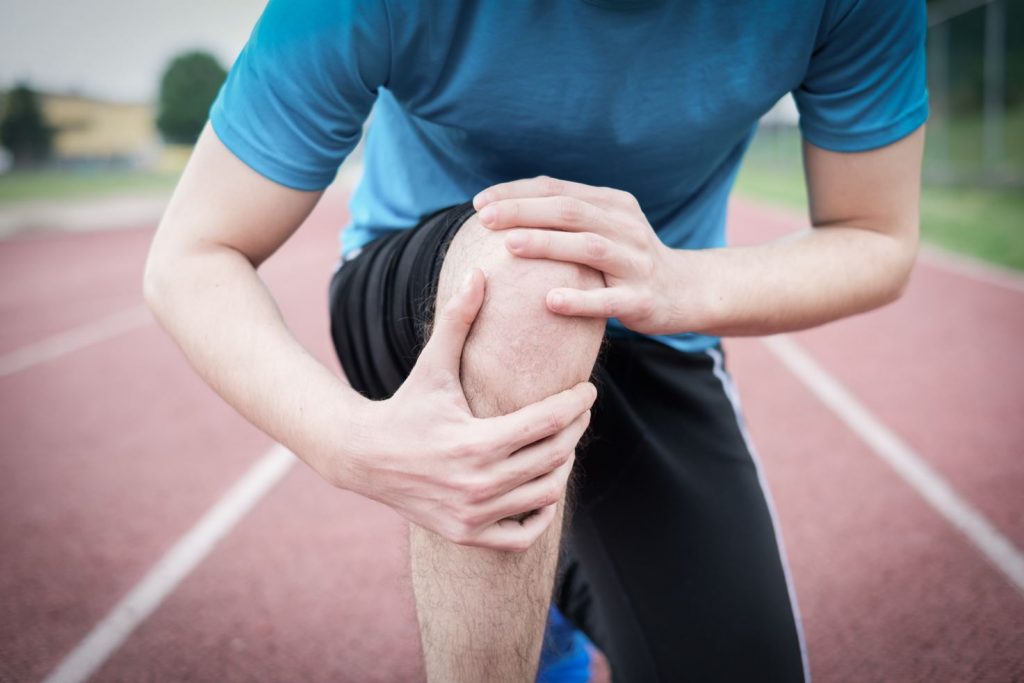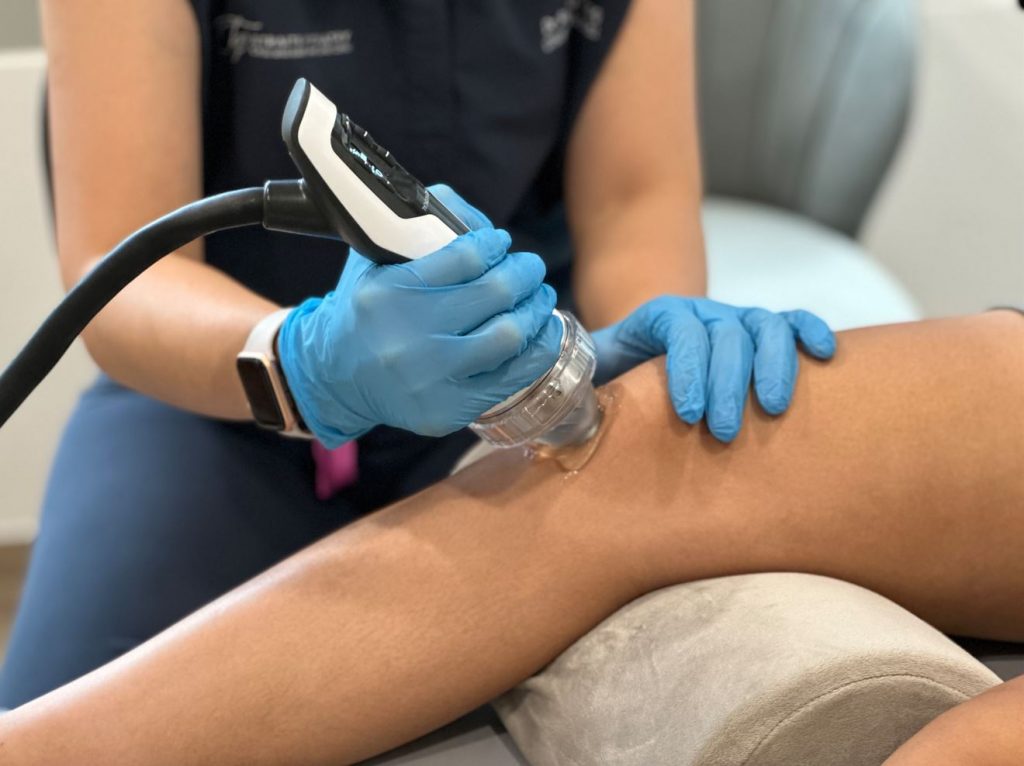Conditions >>
Patellar Tendonitis, also known as “Jumper’s Knee” or “Patellar Tendinopathy”, is a condition that causes anterior knee pain due to the inflammation of the patellar tendon. The patellar tendon connects the kneecap to the shin bone and it tightens when you extend (straighten) your knee. This condition can be classified into 2 stages – acute or chronic.
Acute patellar tendonitis usually presents with swelling, and redness (signs of inflammation) and indicates an early injury to the tendon. If left untreated and undiagnosed, it can lead to chronic patellar tendinopathy, where the patellar tendon is thickened and degenerated and will take longer to recover.

The patellar tendon contracts and tightens whenever we straighten our knees. When the tension and traction of the patellar tendon exceed the limit, micro-tears within the tendon occur. This results in pain and inflammation of the tendon. The repeated process of injuring and micro-tearing of the tendon eventually leads to degeneration and thickening of the tendon.
This condition commonly affects teenage to adult men who participate in jumping sports such as basketball, volleyball or football. These activities cause repeated stress to the tendon and increase the risk of injuring the tendon.
Risk factors of Jumper’s knee include:

Signs and symptoms of patellar tendonitis include:
Diagnosis of patellar tendonitis can be made through diagnostic ultrasound imaging of the patella tendon.

For acute patellar tendinitis, immediate rest is essential to limit further stress on the patellar tendon. It is also recommended to ice the area (ice pack covered with a towel) for 15 to 20 minutes, 2 to 3 times a day to reduce swelling. Icing is not recommended for chronic patellar tendinopathy and a warm pack should be used instead. A directed knee pain treatment plan to manage the injured tendon will be necessary to provide an effective and efficient recovery process.
Treatment options for patellar tendonitis in Singapore include:

Straits Podiatry (Buona Vista),
31 Rochester Drive,
#02-01 (Hotel Block),
Singapore 138637
Straits Podiatry (Katong),
i12 Katong, 112 East Coast Rd,
#03-01/02/03/04/28,
Singapore, 428802.
Straits Podiatry (Orchard),
Healthway Japanese Medical
@The Centrepoint
176 Orchard Rd,
#06-05,
Singapore, 238843